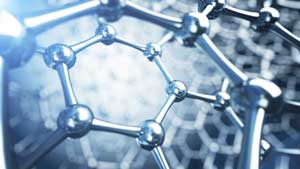
Monday, September 17, 2018
Graphene helps protect photocathodes for physics experiments
Understanding surface science to manufacture quality cosmetics
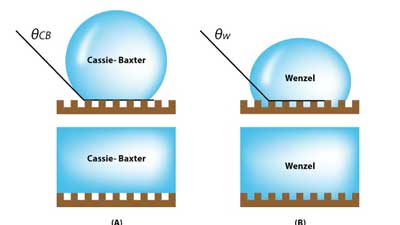
Exploring how DNA can enable the rational design of nanomaterials
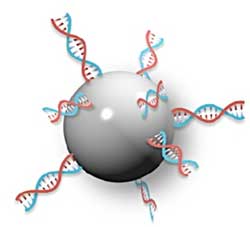
World's first passive anti-frosting surface fights ice with ice

Nanomaterials design beyond the limit of geometrical symmetry
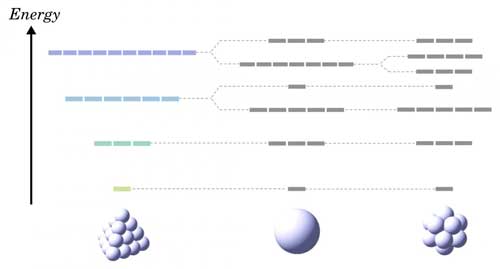
Researchers perfectly transfer nanowires onto a flexible substrate
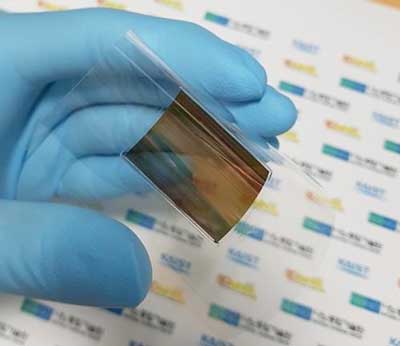
Subscribe to:
Comments (Atom)
